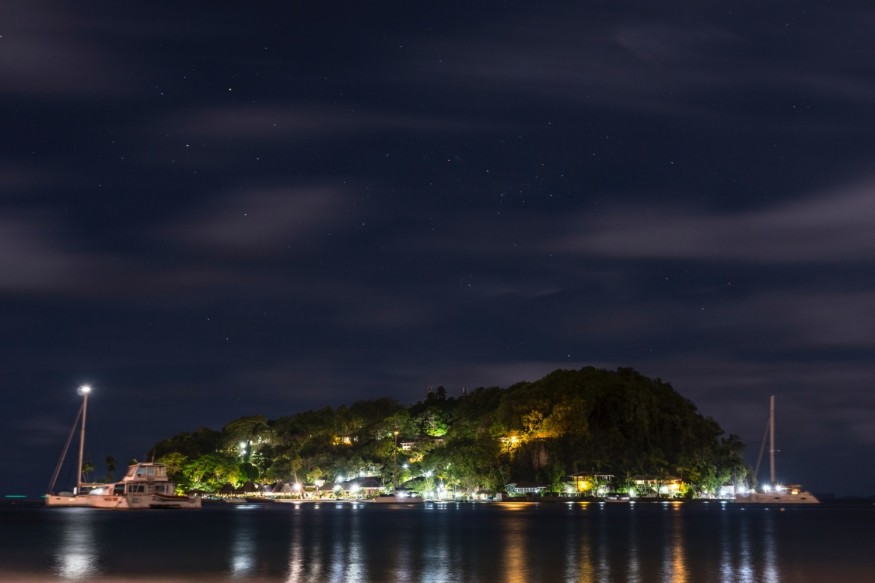Thousands Evacuate As St. Vincent Volcano Erupts In Caribbean Island

A St. Vincent volcano known as the La Soufrière has blanketed the eastern Caribbean island in ash and smoke, sending thousands of people to evacuate their homes.
La Soufrière, located on the northern tip of the main island of St. Vincent and the Grenadines, has remained dormant for decades. However, it started to show volcanic activity in December, and it further increased this week, BBC News reported.
The first sign that an eruption would occur was on Thursday evening when a lava dome was suddenly visible on La Soufrière. Prime Minister of St. Vincent and the Grenadines Ralph Gonsalves has called on more than 16,000 residents in "red zone" areas to evacuate.
St. Vincent Volcano's Eruption
Emergency management officials said the St. Vincent volcano erupted early Friday, sending an ash column as high as 32,000 feet into the air and that the ash was headed east into the Atlantic Ocean.
However, Erouscilla Joseph, director of the University of the West Indies Seismic Research Centre, noted that heavy ashfall was also reported in communities around the volcano, according to an NBC News report.
Joseph said that more explosions could occur. But she noted that it was impossible to predict whether the impending eruptions would be bigger or smaller than the first one.
The UWI Seismic Research Centre tweeted that another explosion was recorded on the St. Vincent volcano later on Friday, with an ash column as high as four kilometers. There were no reports of casualties or injuries as of early Friday.
St. Vincent's National Emergency Management Organization (NEMO) announced Friday that evacuation efforts are ongoing in the red and orange zones. NEMO noted that ashfall had been reported as far as Argyle International Airport.
"Heavy ash fall has halted the process somewhat since visibility is extremely poor. NEMO continues to respond to the many challenges of the process #lasoufrierevolcanoeruption2021," NEMO said in a tweet.
However, the pandemic could affect evacuation efforts. Gonsalves said in a press conference that people have to be vaccinated if they go aboard a ship or are granted temporary refuge on another island.
"Not everything is going to go perfect, but if we all cooperate ...we will come through this stronger than ever," Gonsalves noted.
Gonsalves said he already talked to Caribbean governments to accept people's ID cards if they do not have a passport, noting that it is an emergency situation, and everyone should understand that.
Gonsalves noted that it could be four months before evacuees could return home, depending on the damage's extent.
For her part, opposition senator Shevern John said that vaccination could be a challenge because people are scared of the vaccine and opt out to come to a shelter since they would eventually have to undergo the protocol, CBC reported.
La Soufrière Volcano
La Soufrière is known to have last erupted in 1979, with a previous eruption in 1902. According to a The Guardian report, the 1902 eruption killed some 1,600 people.
Meanwhile, Mt. Pelee is now active again. In early December, officials in the French Caribbean territory issued a yellow alert after a seismic activity under the mountain was discovered.
Volcanologist Erik Klemetti at Denison University in Ohio said the activities of Mt. Pelee and La Soufrière are not related, and it falls into the category of coincidence.
Klemetti noted that the activity is proof that magma is in motion underground and moving toward the surface. However, he explained that scientists still do not understand what controls and how quickly that occurs. The volcanologist noted that the answers are still being researched.
WATCH: Volcano Erupts on Caribbean island of St Vincent - From The National
Subscribe to Latin Post!
Sign up for our free newsletter for the Latest coverage!

















